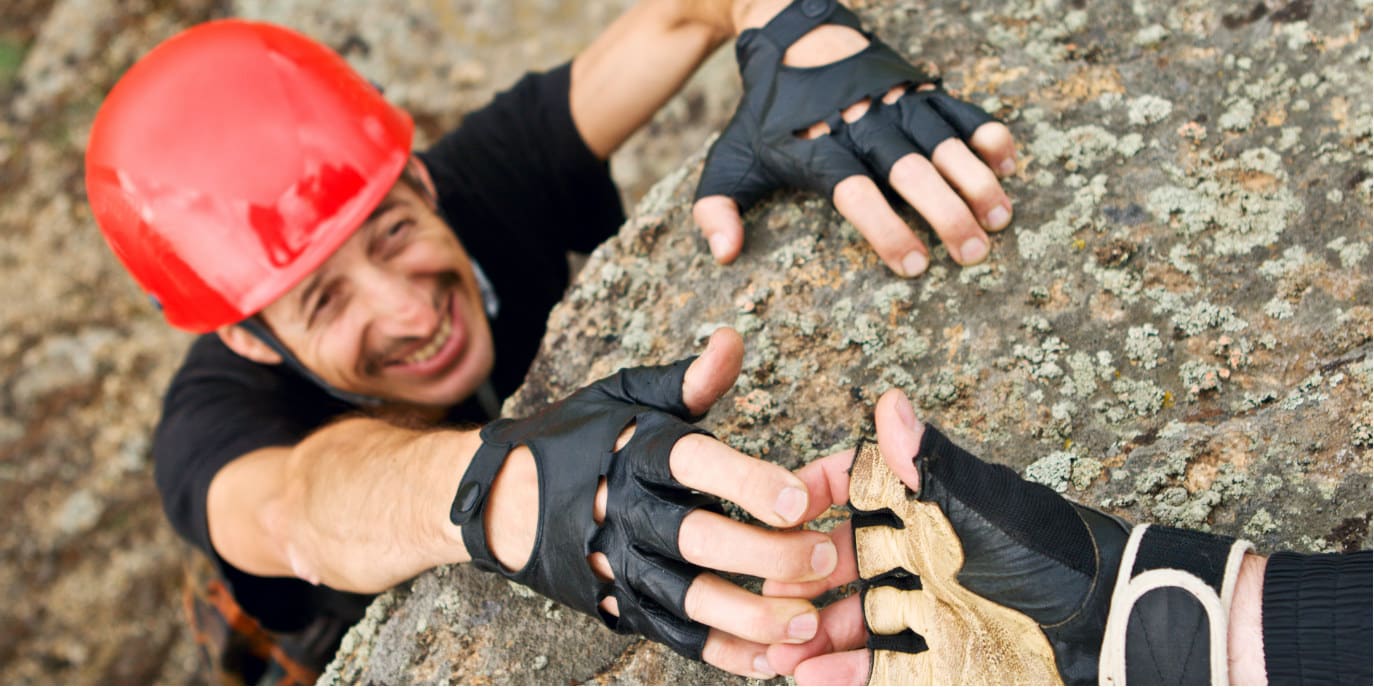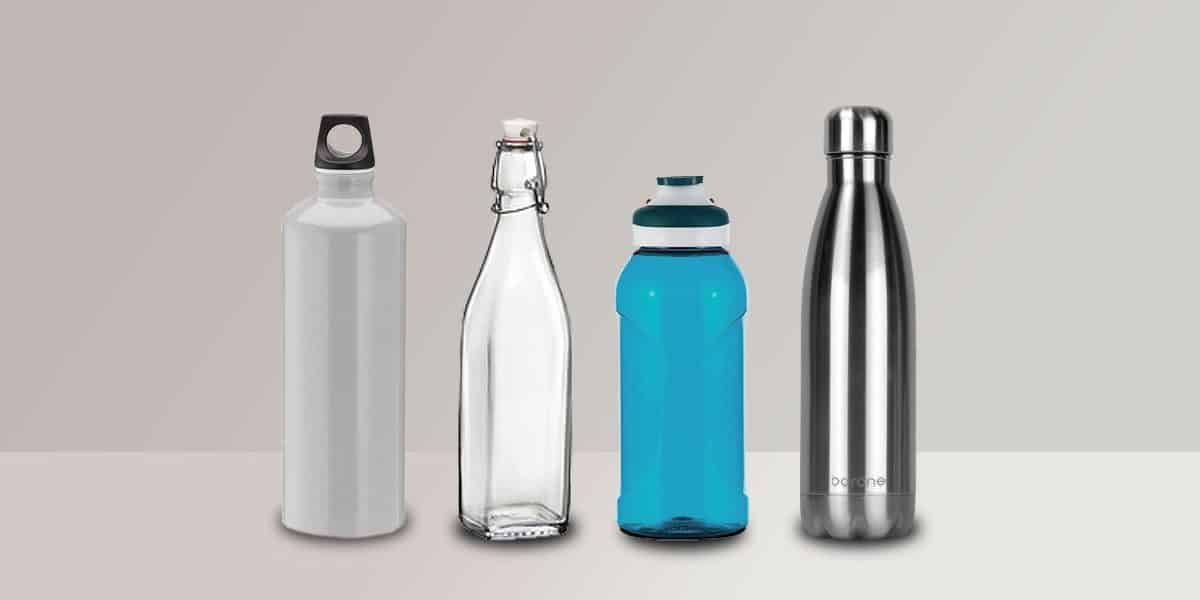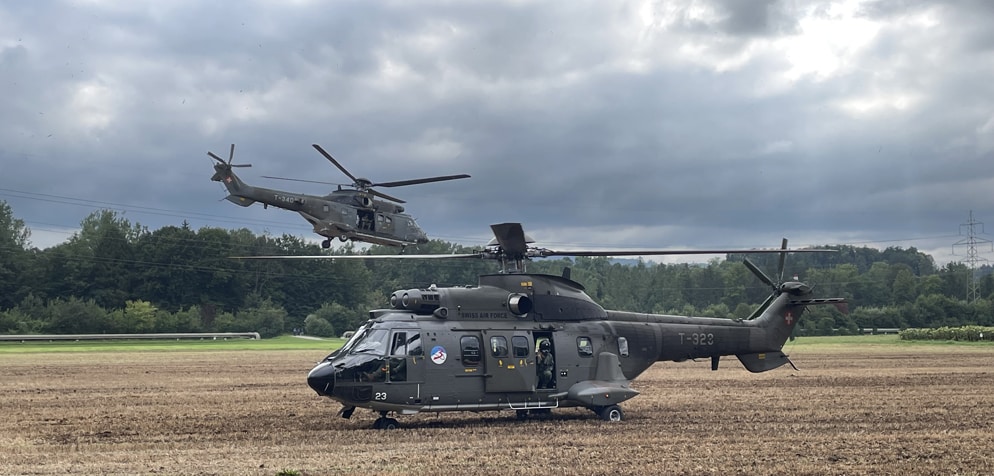
The right gloves for climbing and alpine touring
If you’re climbing or hiking high on rock and ice, gloves are a must to protect you when rappelling or belaying in the snow. But which gloves are really suitable for climbing and alpine touring?
Gloves protect our most beautiful and important limbs: from cold, heat and injury. Gloves should therefore always be in your luggage when climbing or hiking in the high mountains.
Choosing a glove, however, is usually a trade-off. An extra warmth due to a thick layer of insulation is usually paid for with less mobility. And fingertipless gloves provide a good feel when climbing, but relatively little protection for sensitive fingertips in the cold. So there is no universal glove, only the best possible one for the respective activity and the weather.
Glove requirements for climbing and alpine touring
The following criteria are particularly important for gloves intended for alpine activities:
- Insulation performance – even in summer it can get very cold on the glacier or at high altitudes. Good gloves should also keep you warm at low temperatures.
- Water resistance – a good glove should be able to withstand a short downpour or belaying in soft firn without getting soaked.
- Windproof – the glove should be at least windproof to prevent hands from getting cold due to wind chill.
- Abrasion Resistance – The glove must be able to withstand intense rope handling and gripping on rough rocks without breaking down immediately.
- Haptics – threading a needle with the gloves is not necessary, but you should be able to tie a knot with them.
- Protective effect – A glove should prevent or at least reduce injuries caused by mechanical influences.
- Breathability – In the sun and high temperatures, the glove material should be highly breathable to prevent sweating hands.
- Other – Criteria such as weight, dryability, and price can also be considered in the decision.
Depending on the scope and personal preference, the above criteria may be weighted differently. In the next section, I evaluate commonly used gloves based on the above criteria and my personal experience as to their suitability for climbing or mountaineering.
woollen gloves
Wool Gloves – The classic, known from old mountaineering bands from the silent film era or the local knitting class.
Rarely appears in the mountains and is now only worn by enthusiasts. Or by experts whose hands never get wet or touch the snow.
- High performance dry insulation
- according to windproof (felted) treatment
- High breathability
- Natural material
- Moisture-sensitive with a very long drying time
- only low abrasion resistance
- Bad feeling due to the slippery surface of the wool
- Snow sticks to wool
- Low protection
The disadvantages of wool gloves clearly outweigh them, so they are not suitable for climbing and hiking at high altitudes. In combination with a waterproof and breathable overglove, wool can play to its strengths as an insulating layer. However, the sensation then falls by the wayside.
Softshell gloves / windbreaker
These membranes are often made up of 2 or 3 laminated layers. The outer layer is usually made of a breathable and durable material, while the inner lining insulates and wicks moisture to the outside. The outer layer can be smooth or very rough like fleece.
- windbreaker
- raincoat
- Very high breathability
- Very easy
- Dries quickly
- Stretchy and flexible
- Comfortable in your own skin
- Low protection
- Low abrasion resistance on rock
- Low insulation performance
Softshell or windstopper gloves are very well suited for high-altitude tours. The poor insulation performance is sufficient against the morning cold in our latitudes. The advantages of absolute windproofness and high breathability also make them ideal for a very wide range of mountain uses.
Only the low abrasion resistance can be a problem. If you often wear softshell or windproof gloves in mixed terrain (rock and ice) or work a lot with rope, you should buy gloves with leather reinforcements in frequently used areas (inside, fingertips). Softshell gloves are therefore also well suited for climbing tours.
Waterproof gloves (Gore-Tex, etc.)
This does not mean yellow dishwashing gloves, but gloves with a layer of waterproof membrane (e.g. Gore-Tex). This type of gloves is usually available in combination with an insulating layer (e.g. ski gloves). It is rare to find such gloves without this insulation, with the exemplary exception of the overgloves shown here.
- windbreaker
- New they are waterproof
- Very easy
- depending on the membrane and material mix (e.g. in conjunction with Cordura) High abrasion resistance
- Low breathability
- Low protection factor
- Very low insulation performance
- Not expandable
The needle of a waterproof membrane hardly comes into play with gloves. Finger gloves have too many seams and therefore puncture the holes for the needles. These need to be intricately sealed and usually don’t stay sealed for long, especially when subjected to heavy use. Mittens, on the other hand, usually have only one seam, which largely guarantees their waterproofness. However, the feel of the mittens is completely lost.
There have been fully glued gloves for a long time, which are advertised as absolutely waterproof. However, I haven’t had any personal experience with this yet and I haven’t found a convincing test on the net yet. In my opinion, waterproof gloves are only suitable as over-gloves in mitten version for high-altitude hikes. They are largely useless for climbing.
Leather gloves
Leather is probably the oldest material that people use to protect themselves from outside influences. Even today, natural materials can still play to their strengths in certain areas and are sometimes still superior to artificial materials. Leather gloves are available in all possible variants and combinations with other materials.
- windbreaker
- water-repellent
- Very high abrasion resistance
- Very high protection factor
- High breathability
- Moderate insulation performance
- Comfortable in your own skin
- Sensitive to water
- Very long drying time
- Maintenance effort
Leather gloves are predestined as climbing gloves because of their abrasion resistance. However, I recommend – except in winter, of course – an unlined version so that the feel is retained. The insulation is sufficient for normal use in hot seasons and in our latitudes. Only in wet conditions (e.g. in the rain) do leather gloves quickly reach their limits. However, wet gloves are probably the least of your problems if you get caught in the rain while climbing.
Leather gloves are also suitable for mountaineering to a limited extent, as long as you only touch them a little directly in the snow. If it becomes stiffer and you have frequent contact with firn, I recommend soft shells instead.
Via ferrata gloves
With the via ferrata boom in recent years, special climbing gloves made of a mix of different materials have become increasingly apparent.
The idea behind this is to use the right material for each different area of the hands. Highly abrasion-resistant materials on the palms of the heavily used hands, but breathable materials on the backs of the hands. Since via ferrata, like climbing, should only be attempted in dry conditions, waterproofing is not necessary here
- Depending on the design and area, it is windproof or permeable
- Very high abrasion resistance
- Very high protection factor
- High breathability
- Very good feeling
- Quick-drying
- Sensitive to water
- Low insulation performance
Apart from their real usefulness, via ferrata gloves are also very suitable for climbing. They are not only suitable for high routes due to the low insulation performance and often missing fingertips.
Conclusion
The list above shows that there is no such thing as a one-size-fits-all glove when it comes to gloves. Modern gloves combine the different advantages of materials and compensate for their disadvantages in the best possible way. However, this only broadens the scope somewhat. In the near future, he will be sure to choose the right glove from several, depending on the weather and the area of application.




